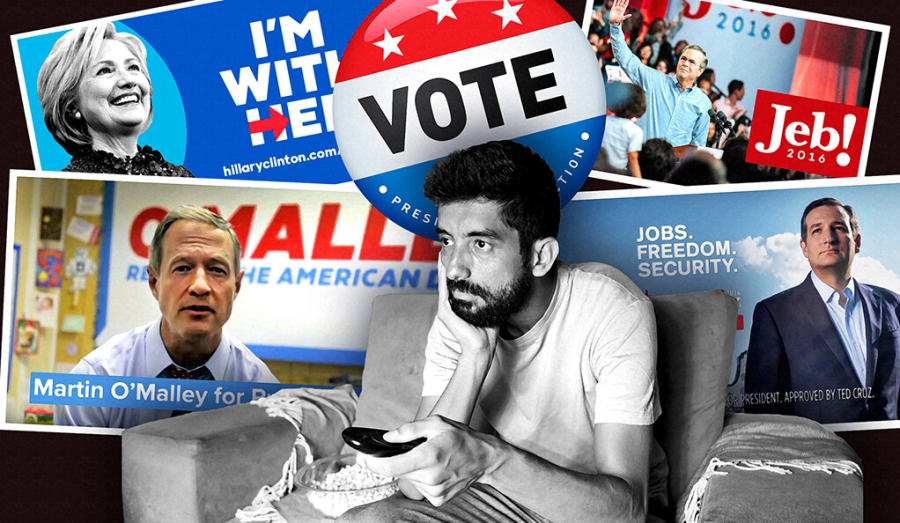The Problem with Political Campaign Ads
December 12, 2022
Political campaign ads have been around since the first elections, and throughout history, they have had one job: convince everyone to vote for your candidate. You’ve probably seen quite a few of these ads surrounding the recent governor elections in the beginning of November, and you’ll continue to see more as time goes on.
On the internet, you don’t know very much about the political ads you’re shown. You often don’t know who is creating them, what influenced them, or where the information is from. This makes it easy for candidates to manipulate the people by putting out ads with fake information, which is why this is one of the most useful tactics politicians use.
In 2019, one year before the 2020 presidential election, Donald Trump’s campaign put out two ads targeting Joe Biden. Both ads falsely accused Biden of offering Ukrainian officials over a billion dollars to drop a case against his son. Both of these ads were seen on Facebook, and when these ads were asked to be taken down, the company refused. Similar things happened during the 2016 presidential election, where Donald Trump and Hillary Clinton spent over 81 million dollars on Facebook ads.
There were also several ads during the 2020 election that were seen on YouTube, TikTok, and TV programs. An ad that was released by the Trump campaign stated “Only you can keep a zombie out of the White House.” This was one of the most popular ads on YouTube at the time, and it blatantly suggested that Biden is a zombie. It seems stupid and childish for adults to be calling eachother zombies, but its been found affective. If someone were to see this ad, they would think about Biden, and part of their mind would immediately correlate him with a zombie.
Franziska Roesner, co-director of the UW Security and Privacy, researched and reported on these ads. She found that many ads or articles also have compelling and opinionated titles, however the actual stories have very little significant information and reasoning. “One example was a headline that said ‘There’s something fishy in Biden’s speeches.’ I worry that these articles are contributing to a set of evidence that people have amassed in their minds, shaping their view of a candidate.” Even if they don’t click on the article, people are still going to be influenced by seeing the title, and subconsciously their views of a politician have changed. Rosener also found that political ads are directed towards people that will be impacted by them the most.
“Certain ads get shown in certain places because the system decided that those would be the most lucrative ads in those spots,” Roesner said. “People who are the most vulnerable to certain techniques and certain content are the ones who will see it more.”
Surprisingly, many companies support the release of false ads because it supports their company. During the presidential election of 2020, Facebook openly stated that they would “continue to allow political campaigns to use the site to target advertisements,” and that it would not “police the truthfulness of the messages sent out.” Facebook also said that they won’t ban or limit the ads, a decision that was highly influenced by the Trump campaign. The campaign had already spent more than 27 million dollars on the Facebook platform, and continued supporting it after its decision not to interfere with targeting ads.
The majority of political campaign ads are fake news. Often, they are false and filled with misinformation about candidates. Again and again, they are shown to be manipulative and disingenuous, preying on victims simply trying to be politically involved. It is important to be able to recognize these types of ads for what they really are, and be able to allow your own ideas and opinion to judge your vote.



